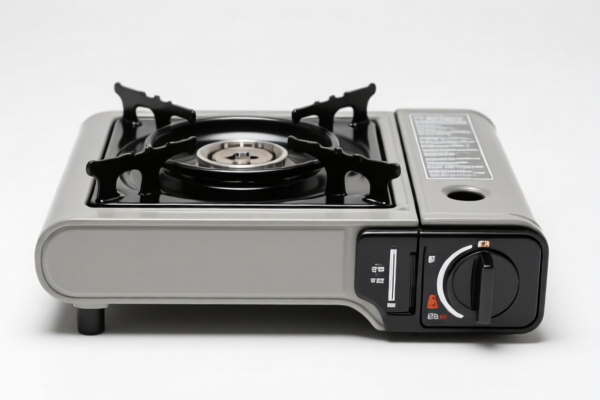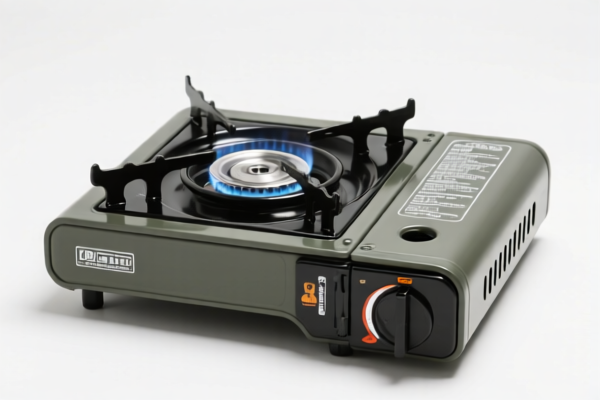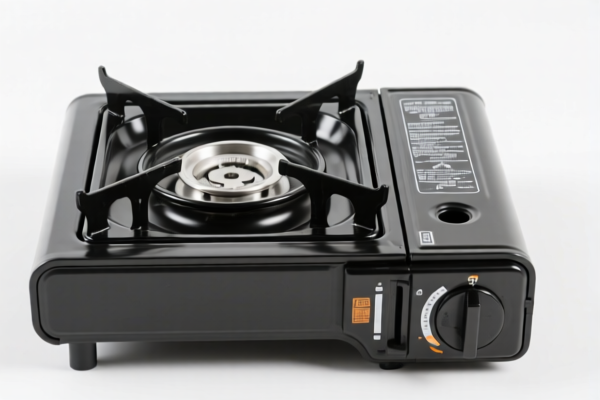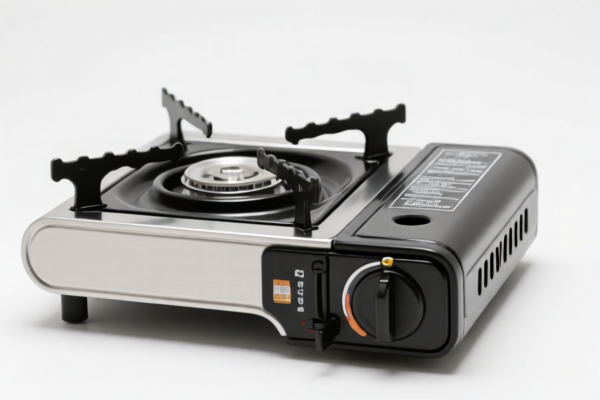| HS Code | Official Doc | Tariff Rate | Origin | Destination | Effective Date |
|---|---|---|---|---|---|
| 8307103000 | Doc | 58.8% | CN | US | 2025-05-12 |
| 8307106000 | Doc | 58.8% | CN | US | 2025-05-12 |
| 7321190060 | Doc | 55.0% | CN | US | 2025-05-12 |
| 7321190080 | Doc | 55.0% | CN | US | 2025-05-12 |
| 7325995000 | Doc | 82.9% | CN | US | 2025-05-12 |
| 7325991000 | Doc | 80.0% | CN | US | 2025-05-12 |
| 6902901010 | Doc | 55.0% | CN | US | 2025-05-12 |
| 6902905010 | Doc | 55.0% | CN | US | 2025-05-12 |




Simple Furnace
A simple furnace is a heating system employing combustion to generate heat, typically for space heating or material processing. Its design prioritizes fundamental heating principles over complex automation or high efficiency features.
Material
Construction materials vary widely depending on intended application and budget. Common materials include:
- Steel: Frequently used for the furnace body due to its durability and high-temperature resistance. Different grades of steel are selected based on the maximum operating temperature.
- Cast Iron: Employed in older designs or for components requiring high thermal mass.
- Refractory Materials: Linings made of firebrick, ceramic fiber, or castable refractories protect the outer structure from the intense heat and chemical attack of combustion products.
- Insulation: Materials like ceramic wool or vermiculite reduce heat loss and improve efficiency.
- Fuel Delivery Systems: Materials depend on the fuel used (see Fuel section).
Purpose
The primary purpose of a simple furnace is to provide heat. Specific applications include:
- Space Heating: Residential or small-scale commercial heating.
- Material Processing: Heat treating (annealing, hardening, tempering) of metals, melting of materials (e.g., metals, glass), ceramics firing, and chemical reactions requiring high temperatures.
- Educational Demonstrations: Illustrating combustion principles and heat transfer.
Function
A simple furnace operates based on the following principles:
- Combustion: Fuel is burned with an oxidizer (typically air) releasing heat energy.
- Heat Transfer: Heat is transferred from the combustion zone to the material being heated via:
- Radiation: Electromagnetic waves emitted by hot surfaces.
- Convection: Heat transfer through the movement of fluids (hot gases).
- Conduction: Heat transfer through direct contact.
- Containment: The furnace structure contains the combustion process and directs heat towards the target material.
- Ventilation: Exhaust gases are removed through a chimney or vent to ensure safe operation and prevent buildup of harmful combustion products.
Usage Scenarios
- Residential Heating (Wood Furnaces): Older homes or off-grid applications utilizing wood as fuel.
- Blacksmithing: Heating metal for shaping and forming.
- Ceramics Studios: Firing pottery and other ceramic objects.
- Small-Scale Metalworking: Heat treating small metal parts.
- Laboratories: Conducting high-temperature experiments.
Common Types
- Wood-Fired Furnaces: Utilize wood as fuel, often with manual fuel loading.
- Coal-Fired Furnaces: Employ coal as fuel, requiring ash removal and potentially more complex air control.
- Oil Furnaces: Burn fuel oil, typically with automated fuel delivery and combustion control.
- Gas Furnaces: Utilize natural gas or propane, offering cleaner combustion and automated operation.
- Electric Furnaces: Utilize electric resistance heating elements, providing precise temperature control and cleaner operation but potentially higher energy costs.
- Pit Furnaces: Simple, open-bottomed structures used for heat treating metal parts in large quantities.
- Reverberatory Furnaces: Utilize radiant heat from a flame directed towards the material being heated.
A simple furnace generally refers to a heating appliance used for various purposes, including cooking, central heating, and industrial processes. Based on the provided information, several HS codes may be relevant depending on the specific characteristics of the furnace.
Here are the potentially applicable HS codes:
- 7321190060: Stoves, ranges, grates, cookers (including those with subsidiary boilers for central heating), barbecues, braziers, gas rings, plate warmers and similar nonelectric domestic appliances, and parts thereof, of iron or steel: Cooking appliances and plate warmers: Other, including appliances for solid fuel Other: Of cast iron. This code applies to cooking appliances made of cast iron, including those using solid fuel.
- 7321190080: Stoves, ranges, grates, cookers (including those with subsidiary boilers for central heating), barbecues, braziers, gas rings, plate warmers and similar nonelectric domestic appliances, and parts thereof, of iron or steel: Cooking appliances and plate warmers: Other, including appliances for solid fuel Other: Other. This code covers other cooking appliances made of iron or steel, also including those using solid fuel.
- 7325995000: Other cast articles of iron or steel: Other: Other: Other. This code is for other cast articles of iron or steel, which could include furnace components if they are cast and not specifically covered by other codes.
- 7325991000: Other cast articles of iron or steel: Other: Other: Of cast iron. This code specifically applies to other cast iron articles, potentially including furnace components made of cast iron.
Explanation of HS Code Structure (based on provided information):
- Chapter 73: This chapter covers articles of iron or steel.
- Heading 21: Within Chapter 73, Heading 21 covers stoves, ranges, grates, cookers, and similar appliances.
- Subheading 19: Within Heading 21, Subheading 19 further categorizes these appliances based on their fuel type and other characteristics.
- Heading 25: Within Chapter 73, Heading 25 covers other cast articles of iron or steel.
- Subheading 99: Within Heading 25, Subheading 99 covers other cast articles.
Important Note:
Regarding HS codes 7321190060 and 7321190080, the total tax rate is 55.0% as of the provided reference material. This rate is expected to increase to 85.0% on April 2, 2025, due to a 30% add-on tariff on steel and aluminum products.
Regarding HS codes 7325995000 and 7325991000, the total tax rate is 82.9% and 80.0% respectively, as of the provided reference material. This rate is expected to increase to 112.9% and 110.0% on April 2, 2025, due to a 30% add-on tariff on steel and aluminum products.
Customer Reviews
No reviews yet.